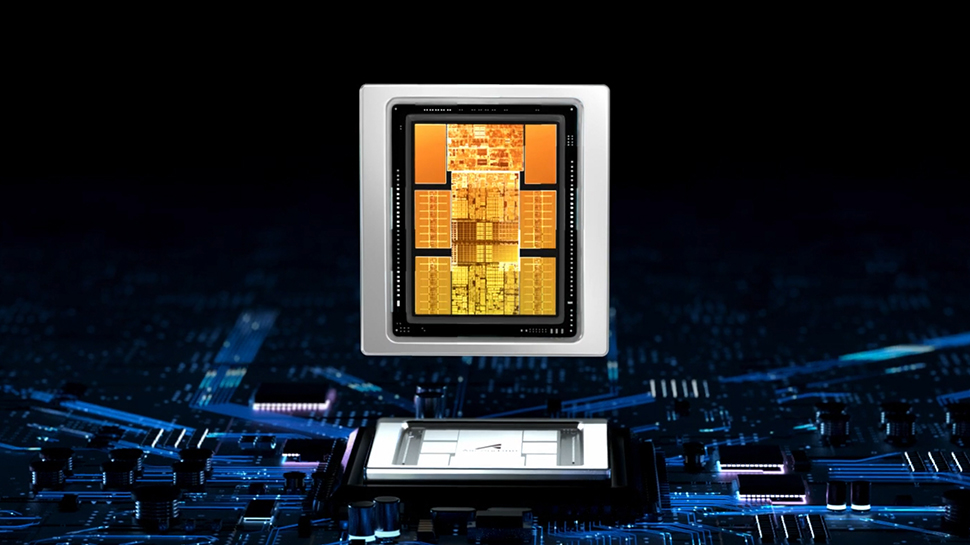
Nvidia can’t ship its advanced GPUs to China due to strict US export restrictions, so Huawei has done its best to step in and fill the void.
At the recent Nanjing World Semiconductor Conference, Wang Tao, Chief Operating Officer of Huawei's Ascend and Kunpeng ecosystem, made the claim that Huawei's AI chip is on par with, if not better than, Nvidia's A100.
According to the South China Morning Post (SCMP), Wang stated Huawei's Ascend 910B AI chip delivers 80 percent of the efficiency of an Nvidia A100 when training LLMs, but "in some other tests, Ascend chips can beat the A100 by 20 percent." Huawei first introduced the Ascend chip series in 2019, four months after the firm was added to the US trade blacklist.
Change of design
Although Nvidia sells lower-grade chips in China, it still claimed 90% of the AI processors market in 2023. In comparison, Huawei had just 6% of the market but the share could and likely will improve.
Although Wang insisted there is "not much difference" between the Huawei 910B and Nvidia A100 in large AI model training, a data snapshot from CSET (Center for Security and Emerging Technology) shows how US export controls are hindering Huawei’s production.
The report notes, “This analysis of Huawei’s first-generation Ascend 910 series (2019) and second-generation Ascend 910B series (2022) suggests that despite facing export controls, Huawei was able to design a higher-performing chip that could be manufactured domestically at SMIC (Semiconductor Manufacturing International Corporation).”
Despite that promising start, CSET adds, “Our analysis reveals that the performance increase is smaller than advertised; only 75 percent of the theoretical maximum performance increase can be attributed to an actual increase in hardware performance. Additionally, Huawei reduced the number of active AI cores between the 910 and 910B series - likely either due to poor yields or limited capacity on SMIC’s 7nm fabrication process.”
To compensate for the fewer active AI cores, Huawei added an additional vector unit in each core for a 25% performance boost and increased the clock speed, resulting in a 50% boost. As for the other 25% improvement, that appears to be the result of "a change in how Huawei calculates peak performance".
You can read CSET’s full findings here.







